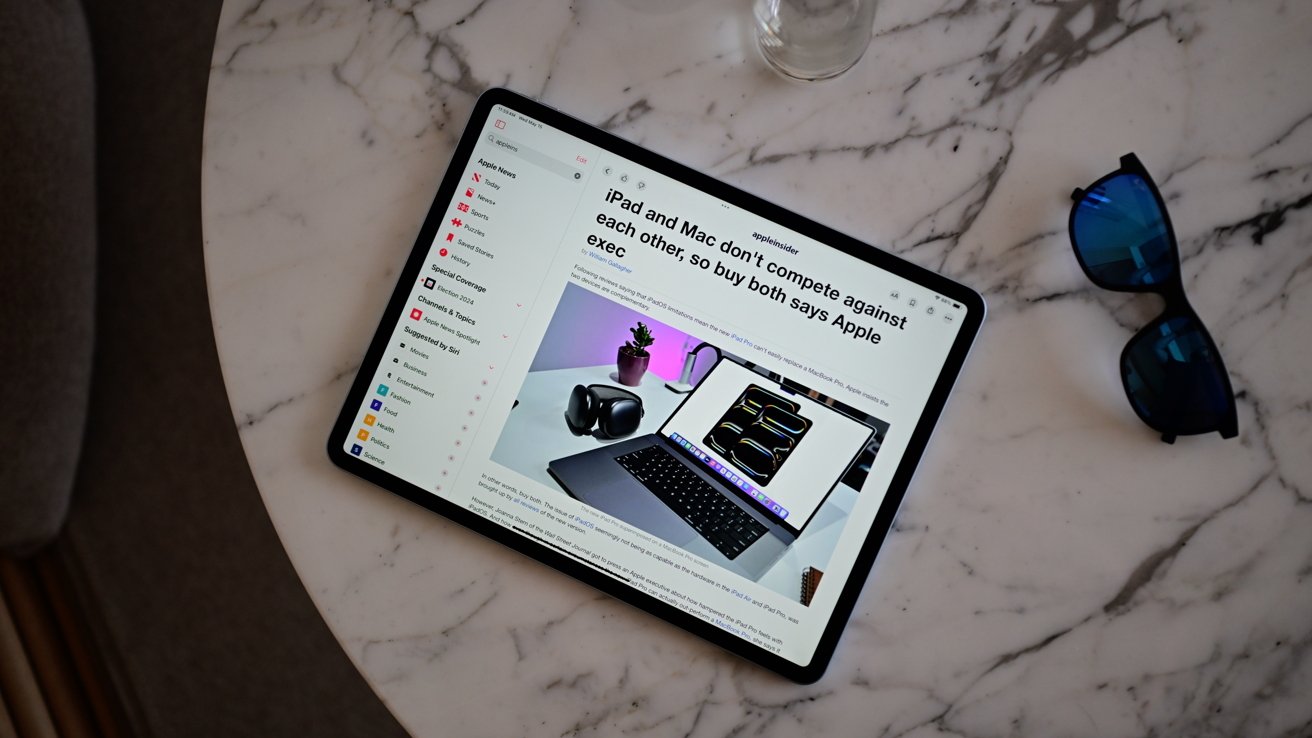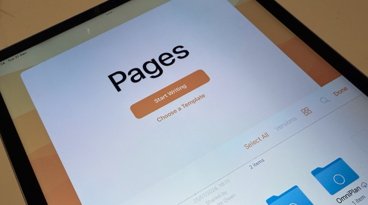Apple seems to be on the cusp of incorporating Thread in many of its new products without having officially listing it in the product specs yet.
In 2020, Apple released its first Thread-enabled device, the HomePod mini, and similarly has been introduced in both the HomePod 2 and new Apple TV models.
However, it appears that Apple may soon expand its list of Thread-compatible devices. There are inactive Thread radios in most of its newly launched iPads, MacBooks, and iMacs.
According to The Verge, Apple's put Thread radios in the following models:
- iPad Pro 13-inch (M4) (Wi-Fi + Cellular)
- iPad Pro 11-inch (M4) (Wi-Fi + Cellular)
- iPad Pro 11-inch (M4) (Wi-Fi)
- iPad Air 11-inch (M2) (Wi-Fi + Cellular)
- iPad Air 13-inch (M2) Wi-Fi
- MacBook Air 15-inch (M3)
- MacBook Pro 14-inch (M3)
- MacBook Pro 14-inch (M3 Pro or M3 Max)
- MacBook Pro 16-inch (M3 Pro or M3 Max)
- iMac (M3, two ports)
- iMac (M3, four ports)
Interestingly enough, Apple doesn't actually list Thread on any of the above-mentioned devices' capabilities list, and there is presently no compatibility. However, FCC reports indicate that Apple has tested the Thread radios in its devices for compliance.
As The Verge points out, its a good possibility that Apple may be adding Thread to its devices as a means of future-proofing, as Tri-band chips — chips that bundle Wi-Fi, Bluetooth, and Thread are becoming more popular.
Thread is an IP-based smart home connectivity standard. Thread-enabled devices create a mesh network that interconnects all the different devices together. With a mesh network, they can all connect and expand their reach further than any single device could on its own.
Additionally, Thread is faster and more reliable than Bluetooth and does not require a hub like competing wireless standards Zigbee and Z-wave. The inclusion of Thread on a device like an iPad or MacBook would enable the devices to work as smart home hubs and improve connection speeds for peripherals.
 Amber Neely
Amber Neely







-m.jpg)






 Christine McKee
Christine McKee
 Charles Martin
Charles Martin
 Mike Wuerthele
Mike Wuerthele
 Marko Zivkovic
Marko Zivkovic
 Malcolm Owen
Malcolm Owen


 William Gallagher
William Gallagher


-m.jpg)






8 Comments
All vendors should be required to divulge radios and other communication capable products in their product whether they be dormant or not. We are placing a lot of trust in purchasing hardware and leaving such items off of specification sheets is a red flag to me.
I did not see the iPad Air 13-inch (M2) (Wi-Fi + Cellular listed. I hope it has the same Thread hardware or I would return it.
That is great news.
Thread is a protocol and we need that to help with improved networking resilience.
Thread requires a low power radio and it needs Matter to automatically adjust networks that are required for users. It is designed for little data to be transmitted and should not be used for mice, keyboard, or anything like that (that's where Bluetooth comes in) but to transmit for devices to ack and send their statuses. It's ideal for home automation and computing networks than data transmission which is where Thread/Matter will notify those devices to use when handshaking for high speed communication.
For example, if home security video is being transmitted, it will never happen in Thread but in WiFi. What would happen is that the Thread enabled device provide Matter the status and the Matter then sends the Thread device (home security camera) with WiFi information which is necessary for high data bandwidth communication and the camera then kicks in WiFi connection and sends video. WiFi itself consumes a lot of power and that's why you don't see many battery-operated WiFi devices.
Thread devices work much better as battery operated and often works as router if it requires constant power (like plugin or complex device requiring high processing resources).
The more thread devices we have, the more robust the network will be.
However, I am not sure if any of those Thread will be "routers" - Apple TV and HomePod are the only ones with the routers.